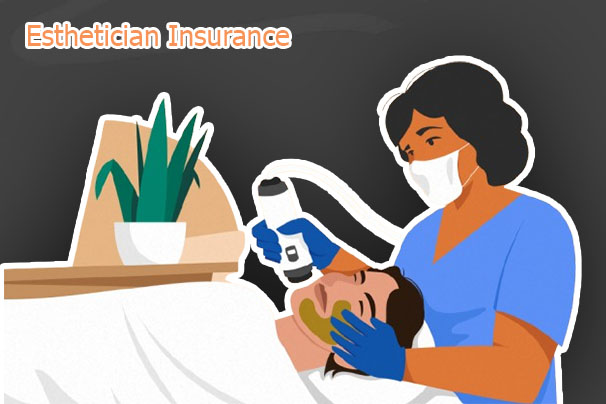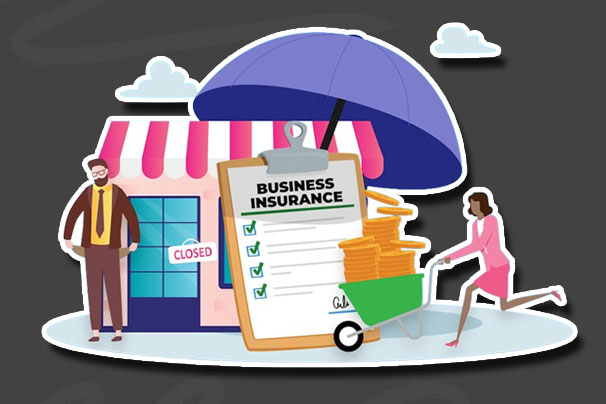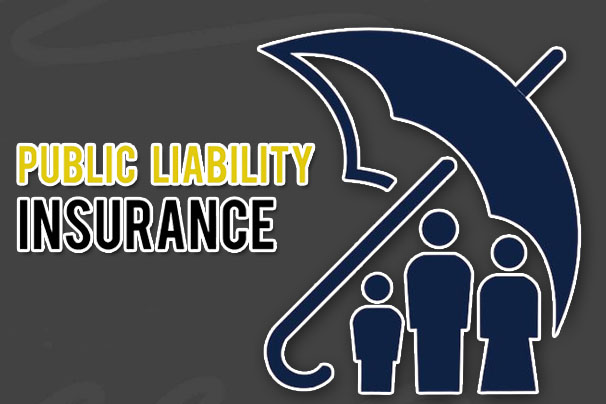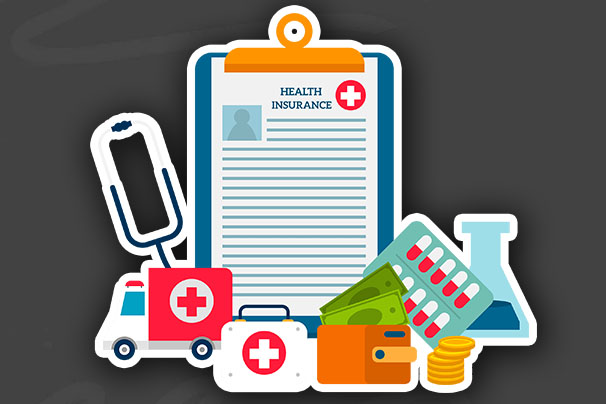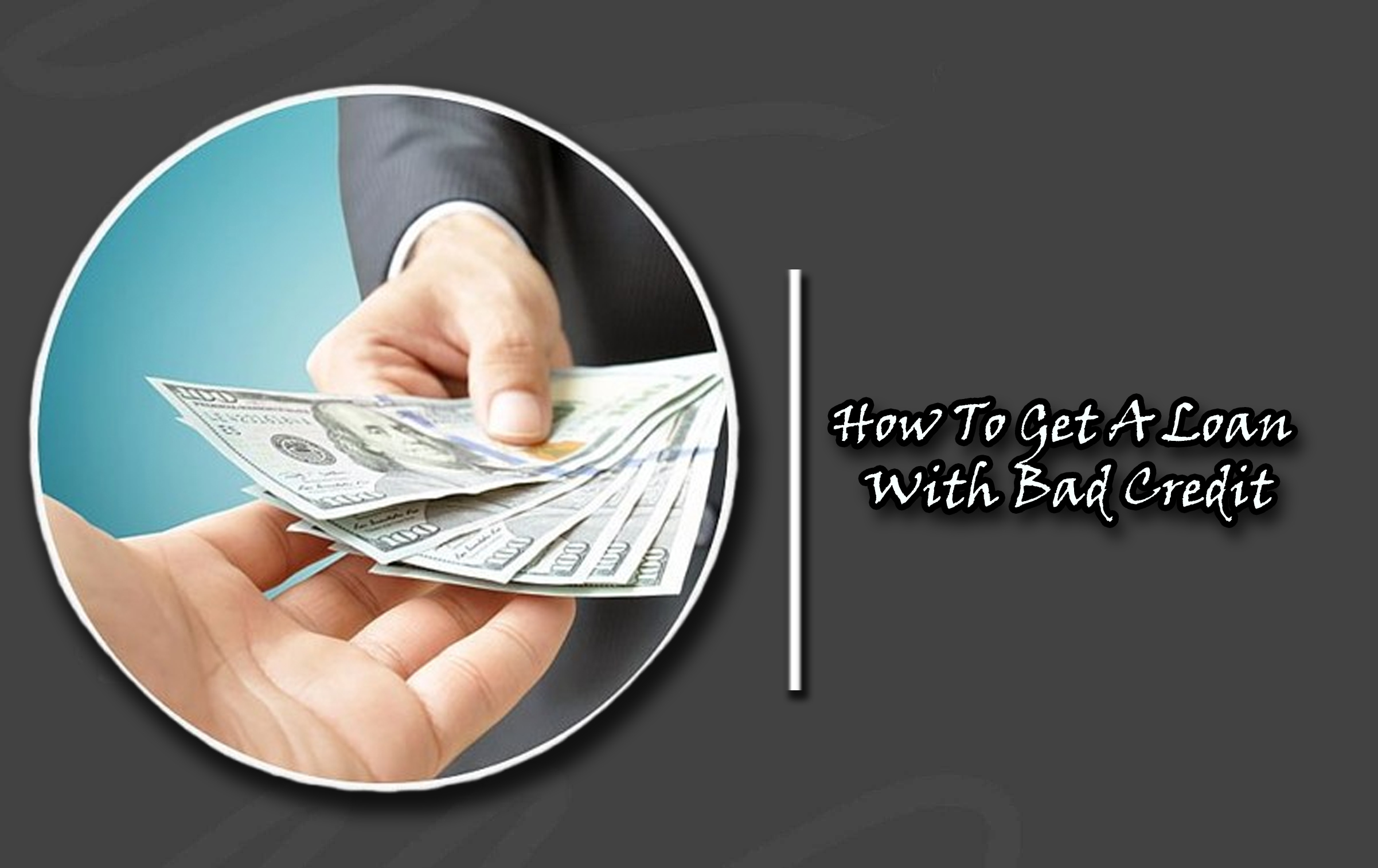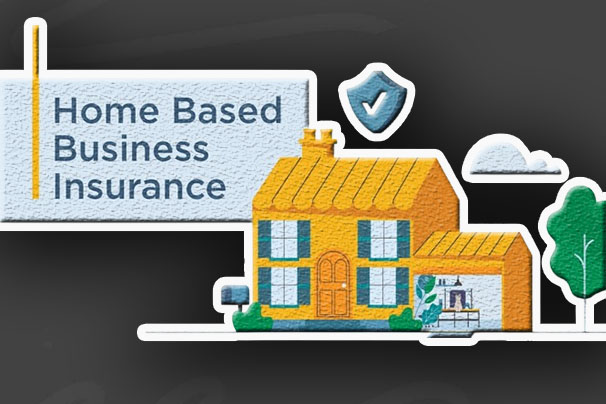Can I buy life insurance after a stroke? Having a stroke can raise important questions about your future, including whether you can still qualify for life insurance.

While it may seem difficult, the question “Can I buy life insurance after a stroke?” has a positive answer. Securing coverage is possible, but it often depends on a few key factors.
First, insurance companies will look at how serious your stroke was. Then, they’ll consider how long ago it happened and if you have any other health problems.
As a result, the process might take more time, and the cost could be higher. However, by understanding your options, you can better choose the best plan for your situation.
Does Stroke Affect Life Insurance Rates?
Yes, having a stroke can affect life insurance rates. Insurance companies see a stroke as a serious health condition, which increases the risk of future health problems.
Because of this higher risk, insurers often charge higher premiums for people who have had a stroke.
The exact impact on your rates depends on factors like the severity of the stroke, how long ago it happened, your recovery, and any ongoing health issues.
While it may be more expensive, finding coverage is still possible, especially if your overall health improves over time.
How Can I Get Insurance After A Stroke?
Getting life insurance after a stroke is possible, but it may require some extra steps. Here’s how you can improve your chances of getting life insurance despite your condition:
Wait For Recovery
Insurance companies usually want to see a period of stability after your stroke. Waiting at least six months to a year can show that your health has improved.
Provide Detailed Medical History
Be prepared to share detailed information about your stroke, including when it started, how severe it is, and any treatments or medications you’re taking.
Improve Your Overall Health
Managing other health conditions, like high blood pressure or diabetes, can help lower your risk in the eyes of insurance companies.
A healthier lifestyle, such as quitting smoking or improving your diet, may also increase your chances of approval.
Consider Different Types Of Policies
If standard life insurance is too expensive or hard to get, consider simplified issue or guaranteed issue policies.
These may have fewer health questions but can come with higher premiums and lower coverage amounts.
Work With An Insurance Broker
An insurance broker can help you find companies that are more likely to approve applications from people who’ve had a stroke.
Following these steps can make it easier to find a life insurance policy that fits your needs after a stroke.
What Should I Do If I Get Denied Insurance?
If you’re denied life insurance after a stroke, don’t worry, there are still options. First, ask the insurer why you were denied to understand what affected your application.
Next, focus on improving your health. Regular checkups and a healthier lifestyle can make a difference when reapplying later.
You can also try other insurance companies. Some are more flexible with applicants who’ve had a stroke, and a broker can help you find these.
If standard policies are unavailable, look into simplified or guaranteed issue policies, which are easier to get but may have higher costs and lower coverage.
Lastly, you can also check if your employer offers group life insurance, as these plans often have fewer health restrictions.
Frequently Asked Questions
Will I Be Denied Coverage Because Of My Stroke?
Not necessarily. Some insurance companies may deny you coverage, but others might still offer it, though it could come with higher costs or certain conditions.
How Soon After A Stroke Can I Apply For Life Insurance?
You can apply for coverage as soon as you are healthy enough to meet the insurance company’s requirements. It’s a good idea to talk to your doctor first.
Will My Premiums Be Higher After A Stroke?
Yes, your premiums may be higher based on how the insurer views the risk and your current health.
